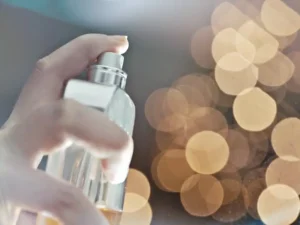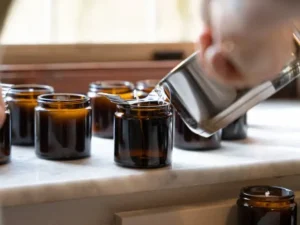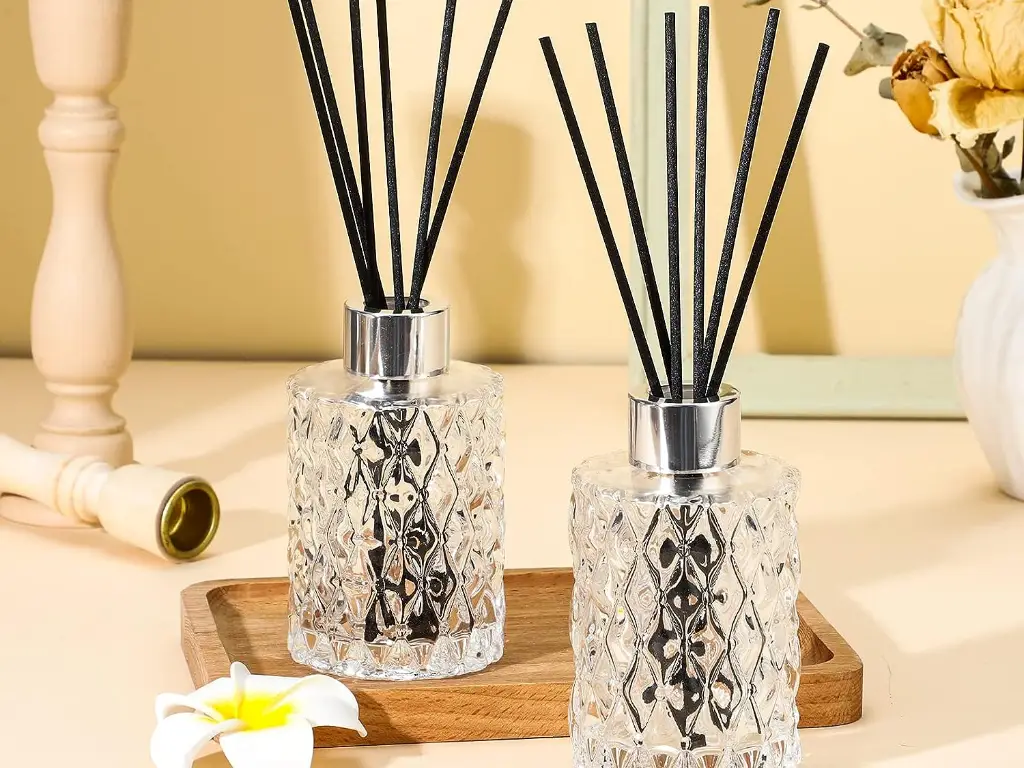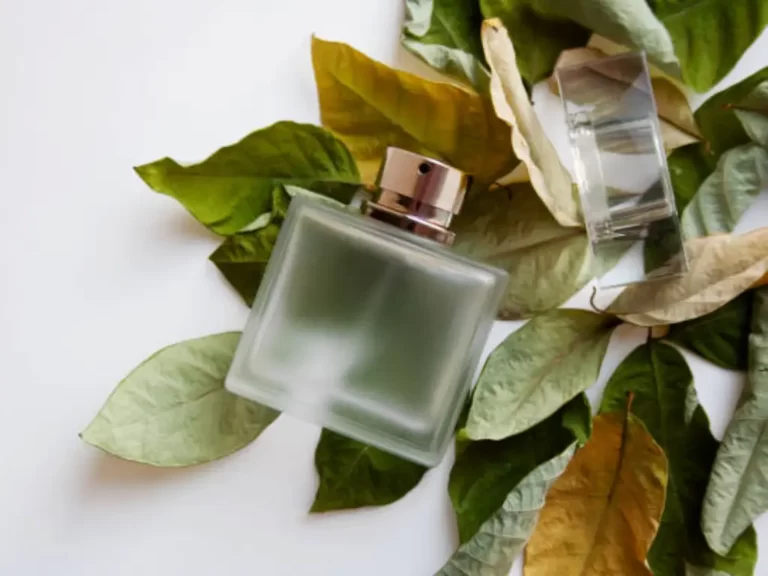
Table of Contents
Introduction: Understanding Perfume Bottle Types
At Roen, we believe a perfume bottle is more than a container—it’s an extension of elegance and craftsmanship. Each bottle not only holds a signature scent but also represents artistry, precision, and style. Whether crafted from fine glass, metal, or plastic, knowing how to properly open and maintain your perfume bottles ensures you enjoy every last drop while preserving the bottle’s integrity.
Let’s explore the various types of perfume bottles and the safest, most effective ways to open them.
Must-Have Tools for Opening Perfume Bottles
| Tool | Purpose & Tips |
|---|---|
| Small Funnel | Prevents spills during perfume transfers. Ideal for small openings. |
| Pliers | Useful for stuck stoppers—wrap in a soft cloth to avoid scratching. |
| Spray Nozzle | Replaces broken nozzles and ensures a fine, even mist. |
| Syringe | Allows precise extraction from non-spray bottles. Minimizes waste. |
| Scissors | Cuts seals or trims wick-style perfume oils. Sharp and accurate. |
| Cotton Pads | Cleans bottle necks or leftover residue before resealing. |
| Tweezers | Picks up small parts like valves or springs in atomizers. |
| Soft Cloth | Keeps bottles clean and smudge-free during handling. |
With the right tools, caring for your perfume collection becomes effortless and safe.
How to Open Different Types of Perfume Bottles
1. Glass Stopper Bottles
Elegant yet delicate, glass stoppers can be tricky.
Steps to Open:
Secure Grip: Hold the base firmly.
Gentle Wiggle: Slightly rock the stopper to loosen any adhesive.
Steady Pull: Lift evenly, avoiding twisting that could crack the neck.
Troubleshooting:
Stuck Stopper: Tap lightly with a padded tool to break the seal.
Broken Stopper: Use padded pliers to carefully extract pieces without damaging the bottle neck.
2. Spray Nozzle Bottles
Modern and convenient, these are the most common perfume bottles today.
Tips for Stuck Nozzles:
Warm Water Soak: Soften dried residue by submerging in warm water.
Gentle Prying: Use a small knife to lift the nozzle—don’t force it.
Maintenance:
Clean regularly to prevent buildup.
Always store upright to avoid clogs and leaks.
3. Screw Cap Bottles
Simple but still requires finesse to maintain the cap and threading.
Opening Techniques:
Firm Hold + Gentle Twist: Rotate with control to avoid damaging the cap threads.
Warm Water Aid: Slight warmth loosens tight seals.
Preservation Tips:
Avoid overtightening.
Keep threads clean and dry to maintain a proper seal.
4. Roll-On Perfume Bottles
Perfect for on-the-go use, but careful handling is key.
Opening Tips:
Pre-Roll Application: Gently roll the ball to test flow before opening.
Slow Uncap: Turn slowly to avoid spills.
Refilling Advice:
Use a narrow funnel to avoid waste.
Always refill with high-quality fragrance oils to preserve the original scent profile.
5. Plastic-Sealed Bottles
Common in budget or travel perfumes. Precision matters here.
How to Open:
Locate the Plastic Wrap: Identify the seal area.
Cut Cleanly: Use a fine blade to slice the seal without damaging the cap.
Care Tips:
Avoid applying too much pressure.
Store upright to prevent distortion or leaks.
6. Metal-Sealed Bottles
Strong, durable, and often used in luxury packaging.
How to Open:
Warm Air Method: Lightly heat with a hairdryer to expand the metal.
Use Pliers Gently: Grip and twist carefully to avoid dents.
Metal Maintenance:
Polish regularly to prevent tarnish.
Handle with clean, dry hands to reduce oxidation.
Aftercare: Cleaning and Preparing for Reuse
Before refilling or recycling your perfume bottle, follow these steps:
Deep Clean: Use a cotton swab with isopropyl alcohol to remove residue.
Air Dry Completely: Let the bottle dry fully before replacing the cap.
Inspect for Damage: Ensure no cracks or sharp edges remain.
Recycle Properly: Disassemble caps, sprayers, and glass according to local recycling guidelines.
Creative Ways to Upcycle Old Perfume Bottles
Don’t throw away your beautiful Roen bottles—turn them into something magical.
DIY Ideas:
Aroma Diffuser: Add reeds and diffuser oil.
Mini Flower Vase: Great for single stems on a windowsill.
Perfume Bottle Necklace: A tiny bottle becomes a stylish pendant.
Custom Scent Blends: Mix leftover perfumes to create a signature scent.
Final Thoughts from Roen
At Roen Glass, we’ve been perfecting the art of glass bottle manufacturing for decades. We understand the importance of preserving both the scent and the story behind every bottle. From unsealing a vintage stopper to upcycling your favorite vial, these techniques ensure that your fragrance experience is as refined as the bottle itself.
Still have questions? Contact the Roen team for expert guidance—whether you’re a fragrance lover, reseller, or luxury brand looking for premium glass packaging, we’re here to help.





